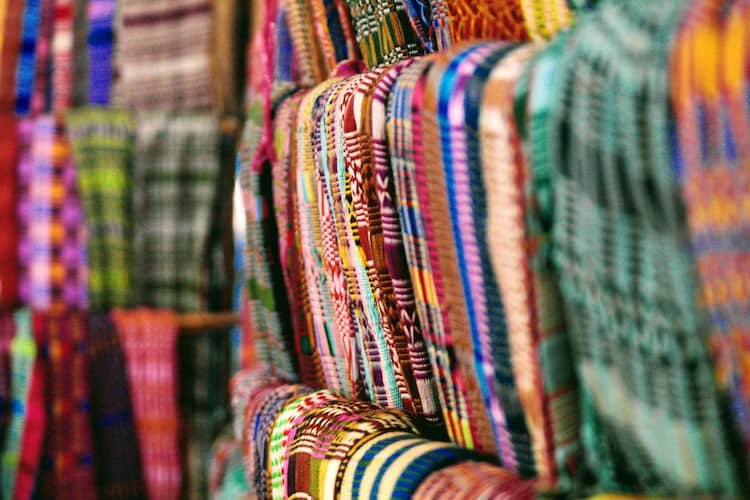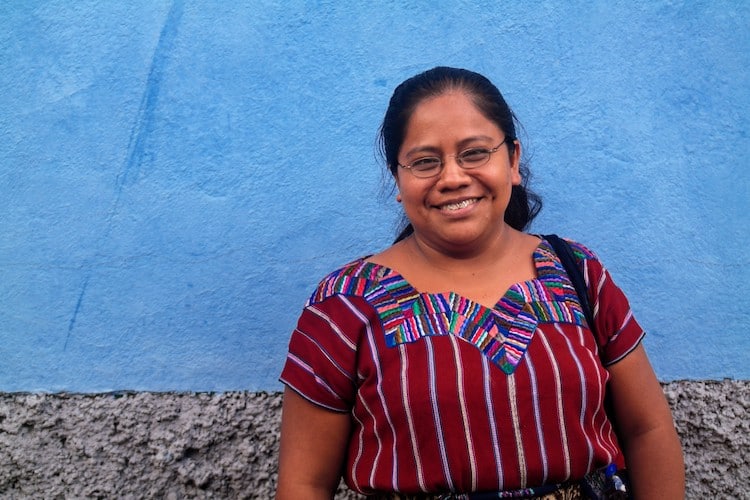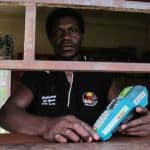Beyond Microcredit: Why Tackling Poverty Requires More Than a Loan
Microfinance is a $92 billion industry, with more than 100 million borrowers in more than 75 countries around the world. But as regular readers of NextBillion know, it is no silver bullet to poverty, and previously held assumptions that extending microloans to impoverished people is a sure path out of poverty have been challenged.
Microcredit alone can afford borrowers, especially women, more freedom in their choices, and can smooth shocks from unexpected events like illness, crop failures or livestock deaths. But the reality is that access to safe, affordable and reliable credit is just one important part of a broader set of resources needed by people living in poverty.
MCE Social Capital, a US-based nonprofit impact investing firm, understands that simply gaining access to credit is not enough to break the cycle of poverty for most families. This does not, however, stop us from investing in microfinance institutions (MFIs). Instead, we believe that MFIs that focus on women and people living in rural areas are uniquely positioned to offer additional services that address poverty holistically. MFIs that are committed to helping their clients achieve a better standard of living often complement traditional microloans with knowledge, tools, and services necessary to generate transformative, sustainable impact. MCE uses a unique loan guarantee model to make loans to MFIs that provide these “credit-plus services,” as well as to small and growing businesses (SGBs) in emerging markets throughout the world.

Ixoq Aj Keem – San Juan La Laguna, Guatemala
Combined with its strong focus on women and rural communities, MCE maintains its commitment to investing in MFIs that have credit-plus services built into their DNA. Indeed, 81 percent of the 53 MFIs currently in our portfolio offer at least one type of credit-plus service. These services can range from additional or customized financial products such as savings, insurance and green energy loans to non-financial products such as health services, financial literacy programs, women’s empowerment training, legal services and technical assistance.
One such partner is Friendship Bridge, a nonprofit organization that is pioneering the use of credit-plus services in Guatemala, creating opportunities that empower Guatemalan women to create better futures for themselves, their children and their communities through microcredit, education and health services. Friendship Bridge combines small loans with participatory non-formal education that covers a variety of topics including business skills, women’s rights and health. Each year, nearly 30,000 women take advantage of these programs, and its microcredit program maintains a loan repayment rate of over 97 percent.
One of Friendship Bridge’s clients is Ixoq Aj Keem, a traditional textile cooperative of 20 Mayan women located in the small town of San Juan La Laguna, Guatemala. Herminia Catarina Ramos Hernandez, president of Ixoq Aj Keem, is committed to fostering the socio-economic and intellectual development of her community by using the traditions of her ancestors to create high-quality, competitive textile products.
Ixoq Aj Keem is part of Friendship Bridge’s Artisan Market Access Program, which supports artisans throughout Guatemala with training designed to ready them to access new markets, particularly the global market. Friendship Bridge provides invaluable support through monthly training sessions and weekly mentor calls, during which Ramos Hernandez has the opportunity to share her experiences, challenges and motivations with other women entrepreneurs and discuss Ixoq Aj Keem’s operations.

Herminia Catarina Ramos Hernandez – president of Ixoq Aj Keem
“In the past year that I have been a part of the Artisan Program, Ixoq Aj Keem has accomplished many things, including selling products in the United States,” says Ramos Hernandez. “The organizations that are helping us, like Friendship Bridge, are very important. With them, we don’t have to fear the future of our businesses . . . The women here can continue to advance in their work, managing their own projects, stores and other activities. Together, we can move forward.”
Further research is needed, but existing evidence suggests that both MFIs and their clients stand to benefit from the provision of these additional services. This is evident in a number of recent case studies, including a 2014 study of the impact of non-financial services on the performance of women entrepreneurs in Nigeria, which concluded that credit combined with business training has a “positive significant relationship on the income, assets and savings of entrepreneurs.” The study emphasized the additional benefits of network meetings in which entrepreneurs can “share experiences that will enhance their business performance.” Other studies have concluded that MFIs are not only well positioned to provide financial capital to those who need it most, but also to promote successful entrepreneurship through the development of psychological and social capital with the provision of business support and opportunities for social interaction.
For MFIs, there is evidence that the provision of credit-plus services, if integrated effectively into standard operations, can actually improve portfolio quality while enhancing the MFI’s social impact. Research has also shown that offering these services can lead to higher repayment and client retention rates. Ramos Hernandez and Ixoq Aj Keem are one example of the benefits of credit-plus services, which add real value to Ramos Hernandez’s dedicated partnership with Friendship Bridge through the exchange of knowledge, experiences and the opportunity to connect with similarly motivated entrepreneurs.
The microfinance industry has entered a new era. The days when microcredit was heralded as the panacea to global poverty are gone, but the story of microfinance’s impact on global poverty is not finished. Organizations that understand the needs and limitations of impoverished communities and complement this knowledge with a wider set of financial and non-financial services are not only poised to generate lasting impact for the families they serve, but also to shape the reputation of the entire sector. With a forecasted global growth rate of 10 – 15 percent for 2017, and similar growth rates experienced in 2016 and 2015, it is clear that microfinance is here to stay. But its reputation is still largely under construction. MFIs, lenders and other stakeholders such as impact investors share a responsibility to ensure that microfinance becomes a cornerstone, not a missed opportunity, in the global effort to alleviate poverty and create equal economic opportunity for all.
If Ramos Hernandez’s story is any indication, that goal is within our reach.
Gary Carrier is a portfolio analyst at MCE Social Capital and is responsible for portfolio monitoring, impact analysis, pipeline development and due diligence. Harrison Pharamond is the communications and development associate at MCE Social Capital, where he is responsible for writing and designing materials that communicate MCE’s impact and operations to support business development.
Photos by Harrison Pharamond, including homepage photo of a mural painted outside of Ixoq Aj Keem, one of many that decorate the streets of San Juan La Laguna, Guatemala
- Categories
- Impact Assessment, Investing, Social Enterprise



